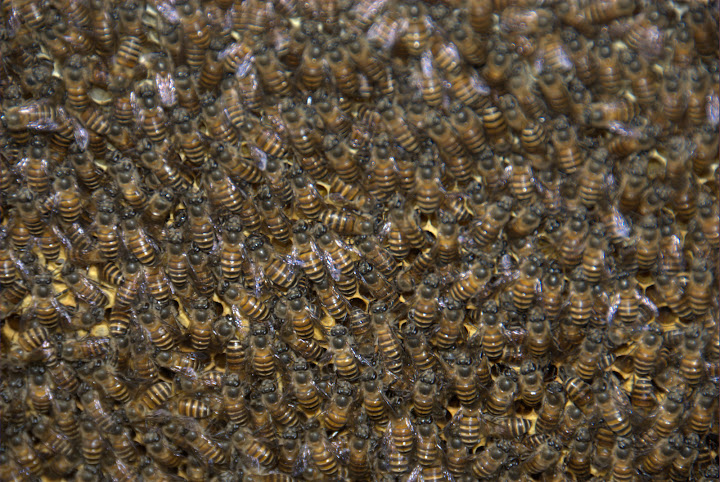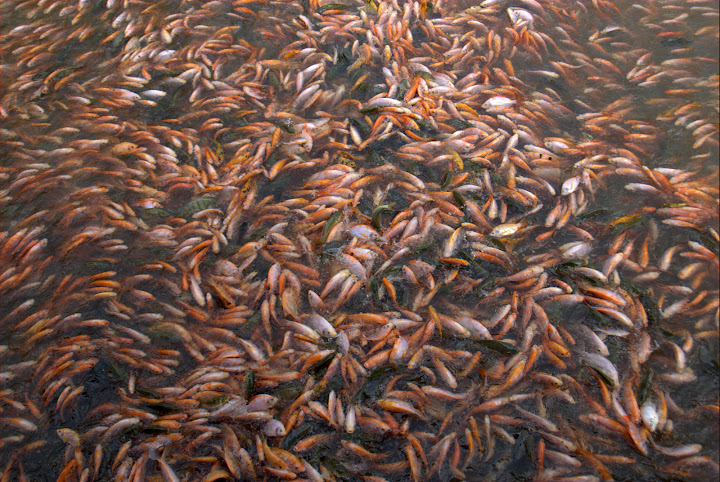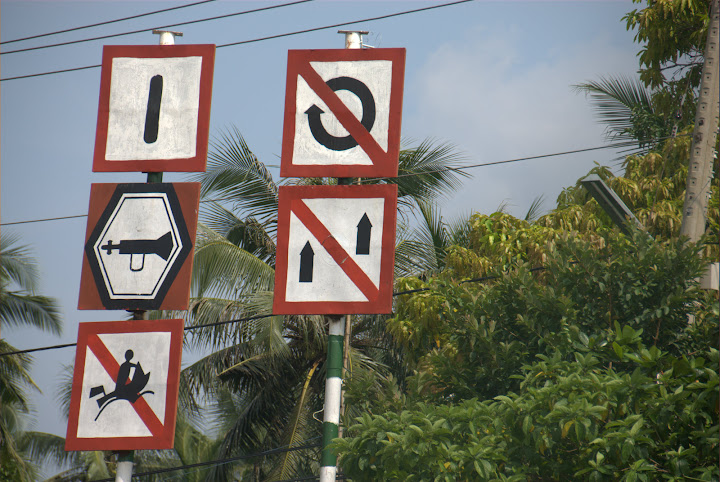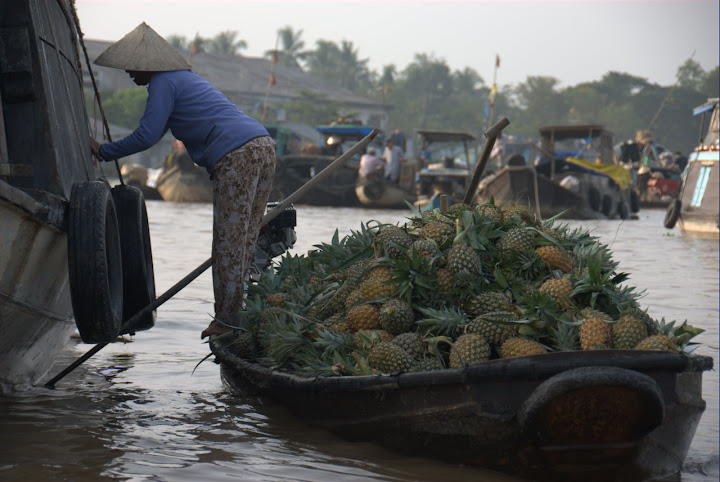Albums for this post:
Worms are cute, funny, deadly vicious and good with a bazooka. No, I'm not smoking anything as I write this. Worms is a winning series of computer games created by
Team 17. The game is an evolution of the old computer game where two players face-off and try to each blow the other's cannon out of existence by, each in turn, entering an angle and velocity and hoping the bullet makes it against the changing wind.
The creators of Worms took the game a step further. Teams of cute little worms face off and the math comes off. Instead, each player in turn chooses a weapon, anything from a bazooka, an uzi, a mine or even the occasional exploding sheep (really!) and aim and fire at the other team's worms.

The setting is a computer generated landscape made up of water at the bottom (these worms can't swim - if you fall in, you die) and randomly created mountains and islands on which the worms stand and stoically wait their turn to do the others in.

How is this tied to my travels? Keep reading...
Rowing 2.0Hanoi is a wonderful place to use as a jump-off point to some interesting locations. The first one I went to was Tam Coc. Tam Coc is a small village about 3 hours drive from Hanoi. It's on a river flowing through rice paddies, but the interesting thing about it is the limestone outcrops rising out of the water and fields up into the sky.
On the way there we stopped at some old tombs that were not very interesting other than their age. But I did get a nice picture of this peasant who was posing for us tourists as we came out:

We arrived at the village and went to the pier were small rowboats were waiting for the tourist rush. We were paired off into the boats, along with 2 locals, and sent off on our merry way. My boat mate, Canadian Matthew, said the area the boats pulled out of was so artificial with a white stone railing all around the round pool that he expected small dolls to jump out and start singing "It's a small world after all" at any time.
Soon, however, we passed the Disney part of the experience. In order to leave the village, the boat had to go under a small bridge. Since the tunnel under the bridge was so narrow, we both had to get off the benches we were sitting on down to the floor and duck. This please-sue-us part of the ride made it clear we were no longer in Kansas, eh, Disney anymore.

Once beyond the bridge, the full beauty of the area became visible. The river was not very wide and on either side limestone rocks shot up out of the ground. Many of them were not connected to each other with fields or water in between, making it a very surreal scene.

That's when it hit me. I was looking around trying to see the worms clustered on the hiltops pointing shot guns at each other or grappling to achieve a more favorable perch. The randomness of the hills made them look as if they were some landscape out of the Worms game.
We set off, all the boats of all the tourists going the same way, looking like an expedition of the Royal Geographic Society in Africa. All that was missing were the native pack bearers and the umbrellas to protect us from the Sun.

A couple of times we passed under the mountains in places where the water seems to have excavated passages underground. These long passages would be dark, creating nice effects where the other side became visible as we approached it.

It took me a while to notice, but boat rowing here is done in reverse. Instead of the rower facing back and pulling the oars to get the boat moving, rowers over here face the front and push the oars. It seemed a very strange thing. After all, when you pull, you brace your feet against the boat to get the optimum power going. But when you push, what do you push against?
Some more reflection made it clear. Rowing with your hands is only done when you go slowly and need the minimal amount of power to move. As soon as we started moving a bit faster, our rower let go of the oars, sat back leaning against the boat with his hands and put his feet on the oars. From then on he proceeded to row with his feet. In an amazing display of skill he would maneuver each oar towards him with curled feet, then push against the oar with his legs.
Don't believe me? Watch this short documentary I shot!
(How'd you like my wonderful narrative?)
MerchandisingThe place was ideal for selling things. After an hour of travel, we arrived at a small cul-de-sac where all the tourist boats ended up. There were local vendors in small boats with everything from cold drinks to snacks to fresh pineapple.

After 10 minutes there while a vendor pestered us until she judged we won't buy anything else, we turned around and started back. This being the same way we came, the rowers decided it was a good time to disturb us. While one kept rowing, the other oepened up a container and began displaying souvenirs for us to buy. We were the epitome of a captive audience, but luckily she did not press too much, just let us see it and when we said we weren't interested she went back to talk with the other guy manning the boat.
An Afterlife Special - Misted Halong BayMy next jump from Hanoi was to a bay called Halong Bay in the Gulf of Tonkin, part of the South China Sea. The bay is famous for the large number of small islands jutting out of the sea. It's similar to Tam Coc but on a much grander scale.
Once we cleared the throng of tourists waiting to board the boats and got onto ours, we had a quick lunch and proceeded to sail into the bay. The scenery is just amazing. As far as the eye can see rocks emerge from the water pointing up at the sky.

Explanations about how the bay came into existence are of four different categories: The boring, the mythological, the artistic and the geeky.
- The boring: 300 million years ago, a large earthquake shook the area, creating the bay and the jutting rocks. Yawn. ZZZzzzzz
- The mythological: "Halong" means "dragon decending into the sea". When the dragon, father of the people of Vietnam, landed in the ocean his feet gouged the earth and thus the bay came to be.
- The artistic: The islands are the result of a huge hand drawing a finger painting under the sea. Islands are where the hand pushed up out of the sea.
- The geeky: The bay was a beta version of the Worms landscape generator. Really. Look at it. It's ready-made to play. Just add some worms and missiles and you can start.
The boat we were on had a main cabin where we dined, a lower deck at the front and a deck on top of the boat where we lounged and watched the world go by. I love sailing. The world plays out in front of you, continuously changing, never repeating. We also had cabins with a small attached bathroom each. This was, after all, an overnight cruise.

The air during this season is continuously misty. Sea mist obscures everything beyond a certain distance, making it difficult to see far away (and making photos less interesting). The sky is white and the Sun is a blurred disk shining through. Sailing through this landscape with the mist covering the horizon felt like it was an afterlife sail into the next world taken out of some pagan mythology.
We sailed for a few hours, the Sun slowly going down and the color changing a bit to amber.

We eventually reached our stopping point for the night, a stretch of sea between islands where all the other Junks (the name of the boats) stopped for the night. As night descended, we had dinner then went to sleep early - there was really nothing to do.

I woke up really early, wanting to catch the sunrise when the sky is still clear and the sea mist has not yet filled the air. At 4:30a it was beginning to turn lighter. I climbed up on the top deck and grabbed a lounge chair, iPod and the two cameras with me. First the sky turned less dark, then a bit gray, then it got whiter and whiter and it became obvious that the sea mist was in the air all night as well. It was very disappointing.
After breakfast we set sail back to land, a few hours of soothing sailing before the long car ride back to Hanoi.
Technorati Tags: Worms, Vietnam, Halong Bay, Tom Cac, Eran Davidov, Travel Blogs Del.icio.us Tags: Worms, Vietnam, Halong Bay, Tom Cac, Eran Davidov, Travel Blogs








 That's it for Vietnam.
That's it for Vietnam.





























